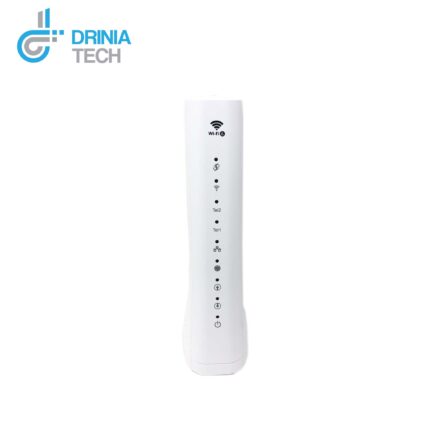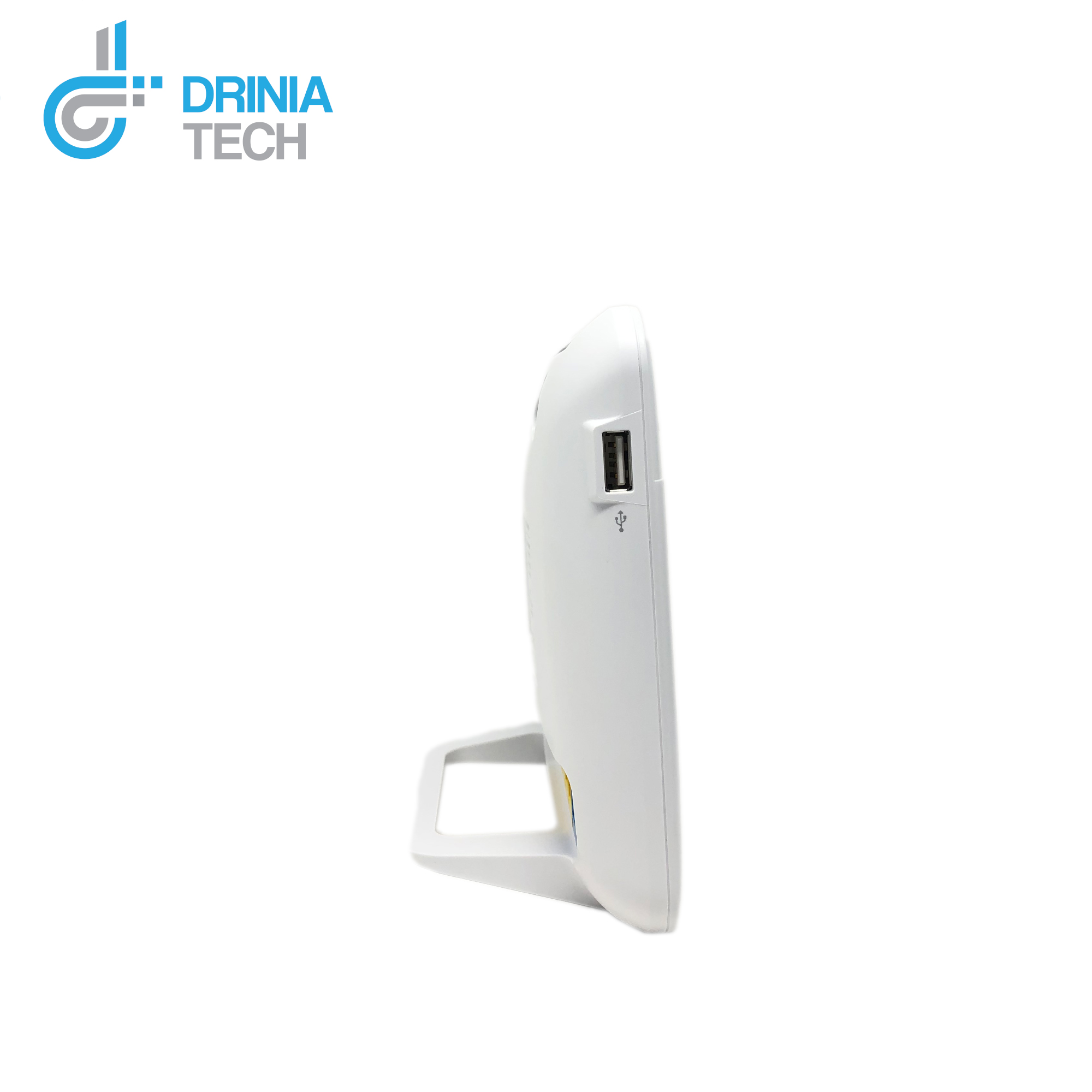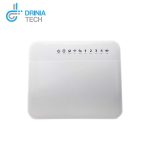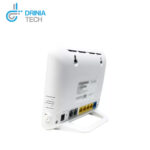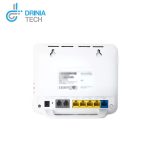Huawei HG253s V2
- Network Standards: The device supports various network protocols and standards to ensure compatibility and interoperability with other networking devices.
- WAN Connectivity: The Huawei HG253s V2 provides Wide Area Network (WAN) connectivity options, allowing you to connect to external networks such as the internet.
- ADSL Technology: The device is designed to support Asymmetric Digital Subscriber Line (ADSL) technology, which enables high-speed data transmission over traditional copper telephone lines.
- Local Interface: The device offers multiple local interfaces for connecting devices within your network. These interfaces may include Ethernet ports (10/100Base-TX), RJ-45 jacks, and USB ports.
- Wireless Connectivity: The Huawei HG253s V2 likely includes built-in wireless access points, providing Wi-Fi connectivity for wireless devices. It may support various Wi-Fi standards such as 802.11b/g/n, along with features like WPS (Wi-Fi Protected Setup) and WPA/WPA2 encryption for secure wireless communication.
- Voice Support: The device may include FXS (Foreign Exchange Station) ports, allowing you to connect traditional analog telephone devices (POTS) to your network.
- Routing and Bridging: The Huawei HG253s V2 can perform routing functions, including support for IP routing protocols such as RIP1, RIP2, and static routing. It may also support Ethernet bridging/switching based on IEEE 802.1D/802.1Q standards, facilitating efficient data transmission within your local network.
- QoS and Traffic Management: The device offers features for Quality of Service (QoS) and traffic management. This includes the ability to prioritize network traffic based on different parameters like VLAN ID, 802.1p, and DSCP, ensuring optimal performance for critical applications.
- Security: The Huawei HG253s V2 is likely equipped with security features such as MAC address filtering, access control lists (ACLs) based on MAC addresses, and encryption protocols (WEP, WPA/WPA2) to secure wireless communications.
- Additional Features: Depending on the specific model and firmware version, the device may offer additional functionalities such as port forwarding, Dynamic Host Configuration Protocol (DHCP) server functionality, DNS settings, and more.


